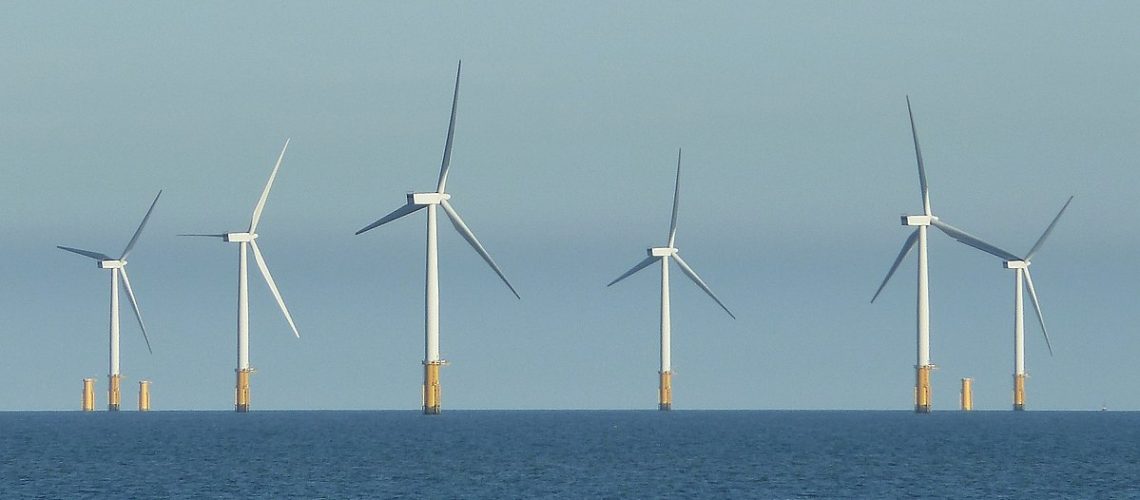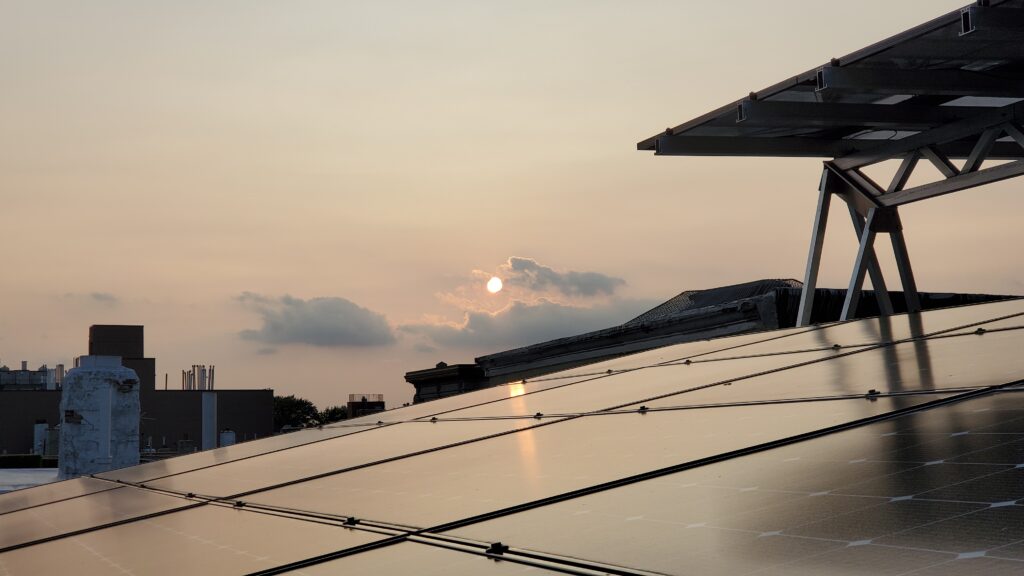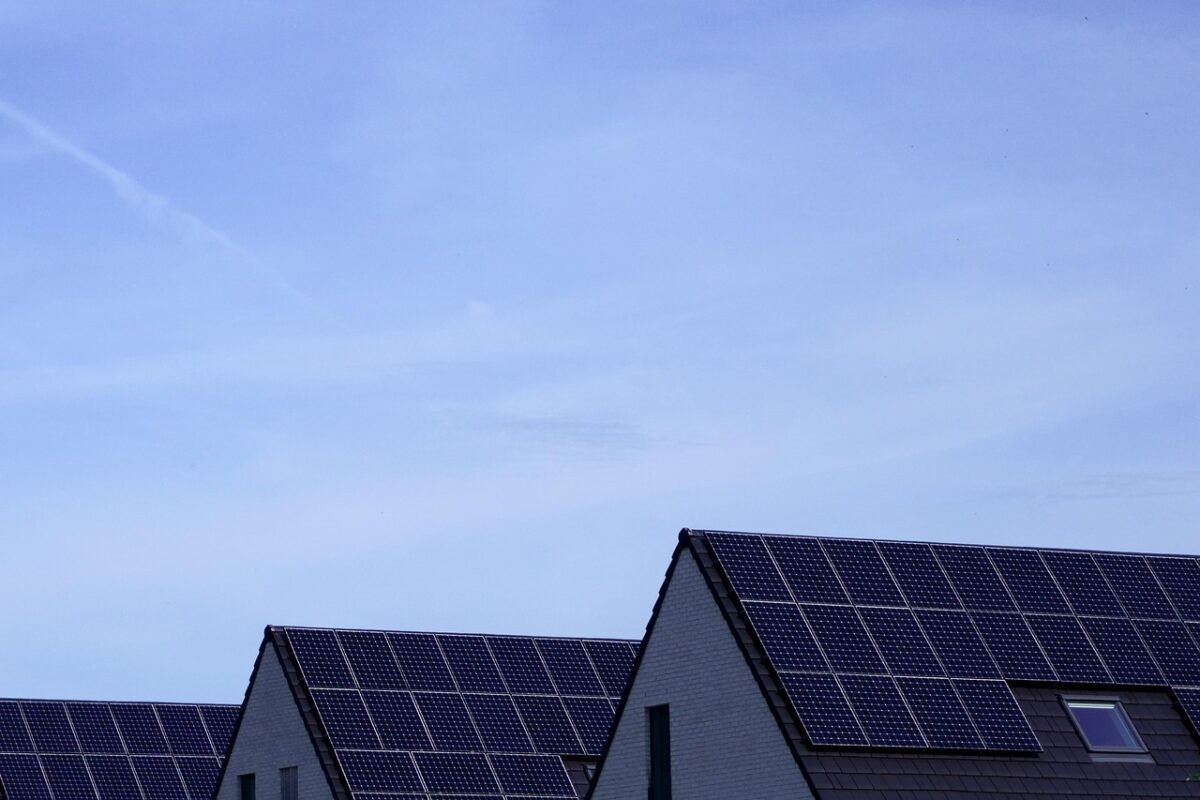Speaking at the ACORE 2023 Policy Forum, three renewable energy executives and an industry banker shared their prognostications for how soon we should expect to see tax credit and equity transferability occur, as well as a wishlist of IRA policy items that they hope to hear guidance on this year.
Envisioning a long-term horizon for the viability and success of the U.S. renewable energy market from the landmark Inflation Reduction Act of 2022 sounds nice on the surface, but tax credit transferability and the full-scale implementation of the massive piece of legislation as it applies to developers, project investors and key industry stakeholders is a thorny topic that may not see resolution until Spring 2024 at the earliest.
Speaking during the American Council on Renewable Energy’s (ACORE) 2023 Policy Forum, held today in Washington, D.C., three renewables corporate executives and an industry banker shared their prognostications for how soon we should expect to see tax credit and equity transferability occur, as well as a wishlist of IRA policy items they would like to receive Internal Revenue Service guidance on this year versus next.
During a morning keynote session with John Podesta, Senior Advisor to President Biden for Clean Energy Innovation and Implementation at the White House, the senior energy official said the sweeping IRA legislation will require 18 to 24 months to implement and transfer tax credits.
Seth Hanlon, Deputy Assistant Secretary for Tax and Climate Policy at the U.S. Department of the Treasury, reiterated Podesta’s timeframe, saying that while the treasury is hopeful to provide more guidance on tax transferability this year, the treasury is first focused on stakeholder feedback before it establishes a statutory deadline adherence and getting the IRS into a timeframe, which could take us into 2024.
During a conference panel titled “Paving the Road for Successful IRA Implementation,” Urvi Parekh, head of renewable energy at Meta, said the global social media company is planning a two to five-year plan on how to factor in IRA provisions, as the company looks to unlock new systems to implement into its net zero by 2030 agenda.
When asked by moderater Jose Zayas of ACORE to prioritize items that panelists would like to hear immediate guidance on from the IRS, Jack Thirolf, head of public policy and institutional affairs for Enel North America, said guidance on domestic content procurement and sourcing, as well as the energy communities adder would be two items his firm hopes to hear about first.
In November 2022, Enel North America affiliate 3Sun USA revealed official plans to build a 3 GW bifacial solar module and cell manufacturing facility in the U.S., becoming an early entrant into the onshoring of domestic PV panel production from the global arena. The facility is expected to create 1,500 clean energy jobs with production from the facility commencing in late 2024.
Chrissy Borskey, executive director of global government affairs and policy, GE Renewable Energy, said the domestic content adder, advanced manufacturing tax credits under Sec. 45X, and additional clarity on prevailing wages and apprenticeships are priority items for her group. For prevailing wages and apprenticeships, GE anticipates reporting on this by Q3 2023, so fast-tracking by the IRS is a key focus for the seamless rollout of IRA incentives, she added.
Ray Wood, managing director and head of global natural resources and energy transition at Bank of America said, “Ambiguity is monumental right now” without full guidance on transferability. “Ambiguity on long-term infrastructure assets gets priced into project finance,” he added, meaning clean energy deals are priced with ongoing uncertainty from the IRA incentives.
When asked about emerging technologies that could benefit from IRA incentives coming due, GE’s Borskey said the industrial giant’s offshore wind group is receiving vast amounts of inquiries for project developments stretching from the Northeast and MidAtlantic region down to Louisiana.
Enel’s Thirolf said his firm will be doing “gigawatts of battery storage” in the coming years, while the Standalone Storage ITC from the IRA can’t be overlooked for grid-scale and distributed generation project development.
Asked about tax equity and the project finance market, Bank of America’s Wood said the IRA should “institutionalize the project finance market” for the long-term, while a challenge to the tax equity market for ages has been the just three or four household name investors participating in tax equity deals. With tax credit transferability coming due under the IRA, Wood expects new entrants to emerge in the tax equity finance market to create a larger capital pool.






